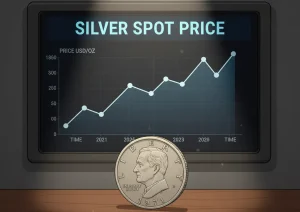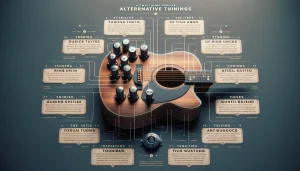Origins and Early History of Commemorative Coins
The Spark of Coin Collecting: Ancient Beginnings
Have you ever held a coin and wondered about its story? The roots of commemorative coins stretch back to ancient times, where they first emerged as more than just currency. In the grandeur of ancient Rome, for instance, rulers like Julius Caesar used specially minted coins to celebrate military victories. These weren’t just pieces of metal—they were powerful symbols of pride, meant to broadcast achievements far and wide.
Even older examples can be traced to ancient Greece. Here, coins celebrated not only leaders but also cultural milestones. Imagine holding a silver drachma bearing the imagery of the Olympic Games! Coins became snapshots of history, carrying the essence of their era.
Why Did Early Societies Create Them?
The reasons were as practical as they were poetic:
- To commemorate key events, from conquests to royal weddings.
- To assert influence—a ruler’s face on a coin was a bold message of power and prestige.
- To build connection—what better way to unify an empire than distributing tokens of shared triumphs?
Early commemorative coins hold a mirror to the hopes and values of civilizations before us—each one whispering stories from hands long gone.
Significance and Cultural Impact of Commemorative Coins
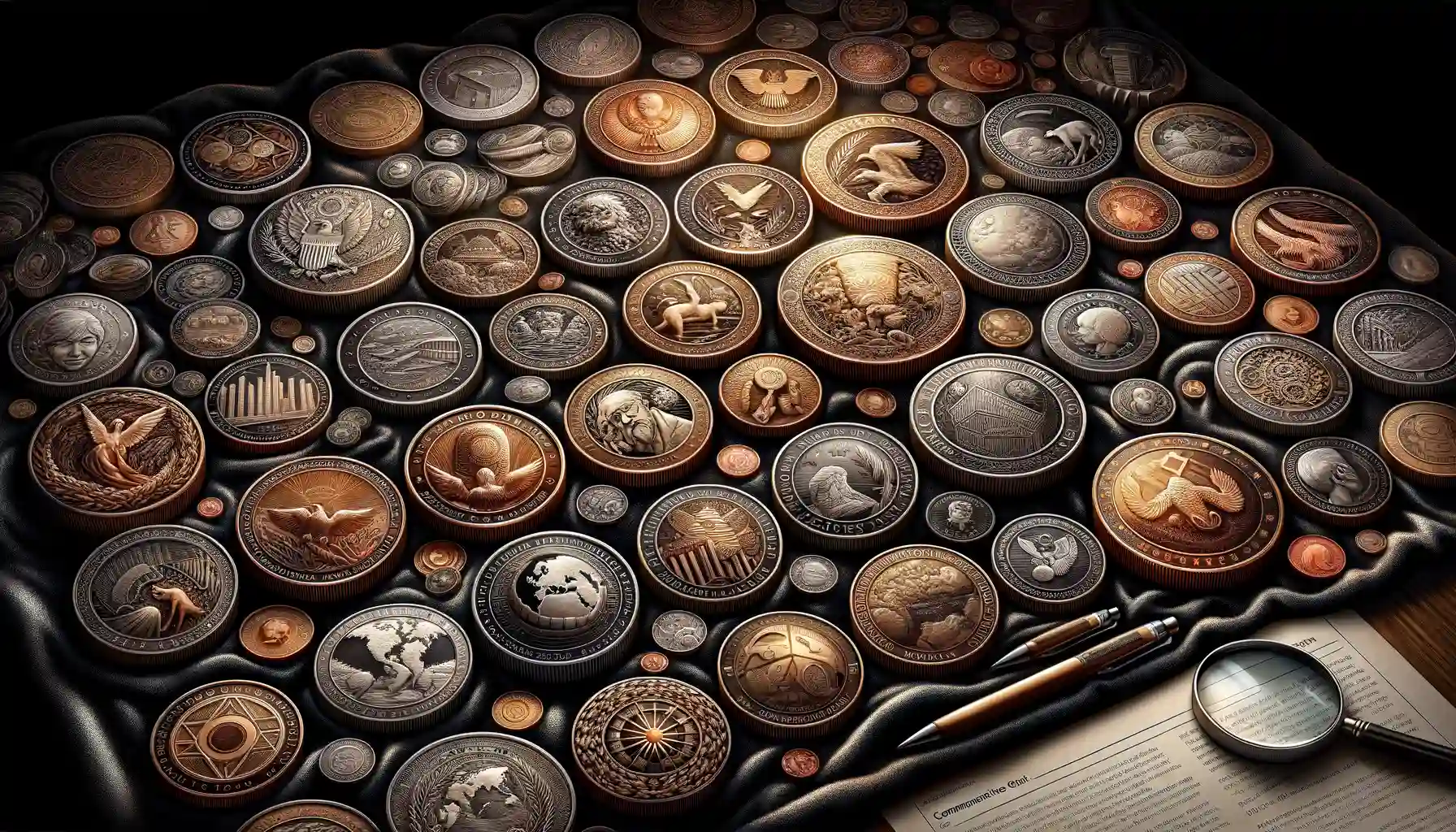
Why Commemorative Coins Hold More Than Just Monetary Value
There’s something magical about holding a commemorative coin in your hand. It’s more than just metal; it’s a tangible piece of history, a storyteller in disguise. For centuries, people have used these coins to mark moments that mattered—whether it was the rise of an empire, a groundbreaking scientific discovery, or the resilience of a nation through adversity.
Commemorative coins have a way of connecting us across time. Imagine a coin minted in 1969 to celebrate the first moon landing. Just looking at it brings to life that moment of human ingenuity and ambition. These aren’t just collector’s items; they’re bridges between generations, passing stories forward like whispers in the wind.
Memories, Identity, and Symbolism Etched in Metal
What makes these coins so powerful is their emotional weight. They often commemorate turning points in culture and identity, acting as proud symbols of who we are. Take for instance:
- The Bicentennial Coins (US, 1976): Honoring America’s 200-year journey towards independence.
- The 50p Brexit Coin (UK, 2020): Capturing a monumental shift in political landscape.
For individuals, they’re personal too. Maybe your grandfather gave you a coin marking a World Expo, or you bought one yourself during a once-in-a-lifetime Olympic event. These small tokens carry memories frozen in time, as though each coin hums its own melody of belonging.
Key Milestones in the Evolution of Commemorative Coins
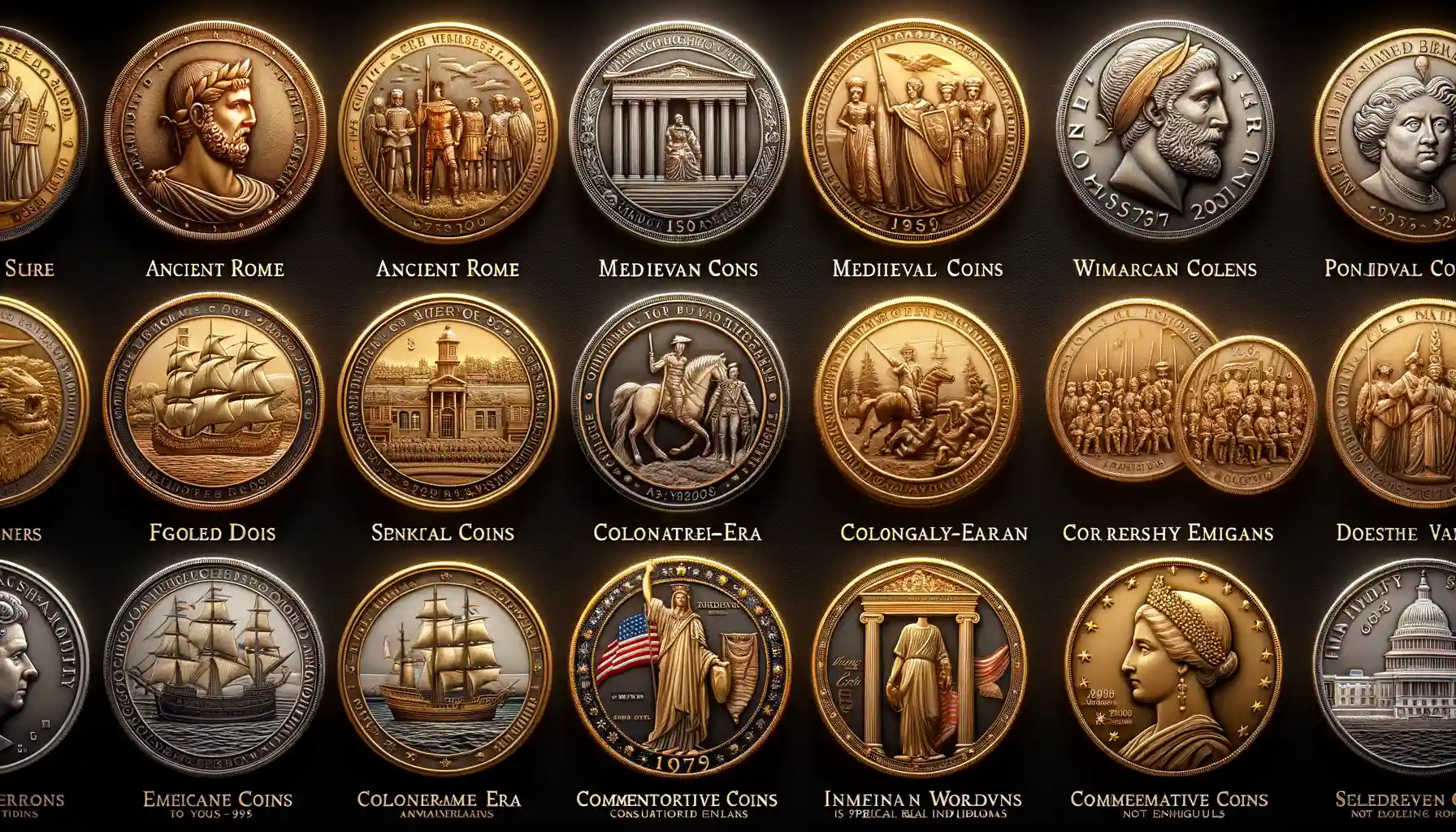
Turning Points That Shaped the World of Commemorative Coins
What makes a coin more than just money? Sometimes, it’s the stories they carry—the tales of triumphs, tragedies, and turning points in human history. Commemorative coins have walked hand-in-hand with these moments, evolving with every new chapter of our collective experience.
One of the earliest landmarks was **600 BC**, when the Lydians minted coins to honor gods and rulers. These weren’t just pocket change—they were symbols of power and divine blessings. Fast-forward to the **Roman Empire**, where emperors struck coins featuring victories or grand monuments like the Colosseum, immortalizing their legacies in gleaming metal.
But who can forget the burst of creativity during the **Renaissance**? This was when commemorative “medals” (precursors to today’s coins) took flight in Italy. Artists such as **Benvenuto Cellini** masterfully combined portraiture and symbolism to inject artistry into numismatics like never before.
- The 19th century saw global exhibitions celebrated with coins, embracing industrial innovation.
- In 1932, the U.S. unveiled its iconic Washington Quarter to honor George Washington’s bicentennial—coins suddenly felt personal.
Today, each milestone coin connects you to a specific moment—a piece of history you can hold.
Design and Production Processes Through History

The Artistic Odyssey of Coin Design
From delicate hand-carving to modern-day computer-generated imagery, the journey of designing commemorative coins has always been a masterclass in creativity and innovation. Picture this: ancient artisans hunched over slabs of metal, their hands steady yet daring, as they engraved symbols of gods, victories, and rulers. Each chisel mark was imbued with purpose—a timeless sketch on a cold canvas.
Fast forward centuries, and the Renaissance era brought a flourish of artistic excellence. Coin designs turned into miniature masterpieces, often created by famed sculptors. The detail was breathtaking—flowing hair on a monarch’s profile, intricate shields that seemed to leap off the surface. It was more than currency; it was storytelling in metal.
Today, digital tools bring precision, but the soul of the design process remains unchanged. Designers still chase perfection, telling stories through every curve and contour. Some coins even incorporate glow-in-the-dark features or micro-inscriptions so small they require a magnifying glass to read. Magic? Almost.
Production: Forging Beauty from Metal
The production process begins with raw metals heated to unimaginable temperatures until molten. But here’s where it gets fascinating—the tradition of hand-engraved dies hasn’t entirely disappeared. While industrial presses now stamp coins with immense speed and accuracy, creating prototypes and dies still demands a craftsman’s touch.
Key stages in commemorative coin production include:
- Milling: Edges are shaped for aesthetics and security.
- Striking: Designs are imprinted with up to 1,000 tons of pressure, ensuring every detail shines.
Think about it: every coin you hold is a blend of ancient techniques and cutting-edge engineering. It’s like holding history and innovation in the palm of your hand.
Modern-Day Trends and Collecting Commemorative Coins
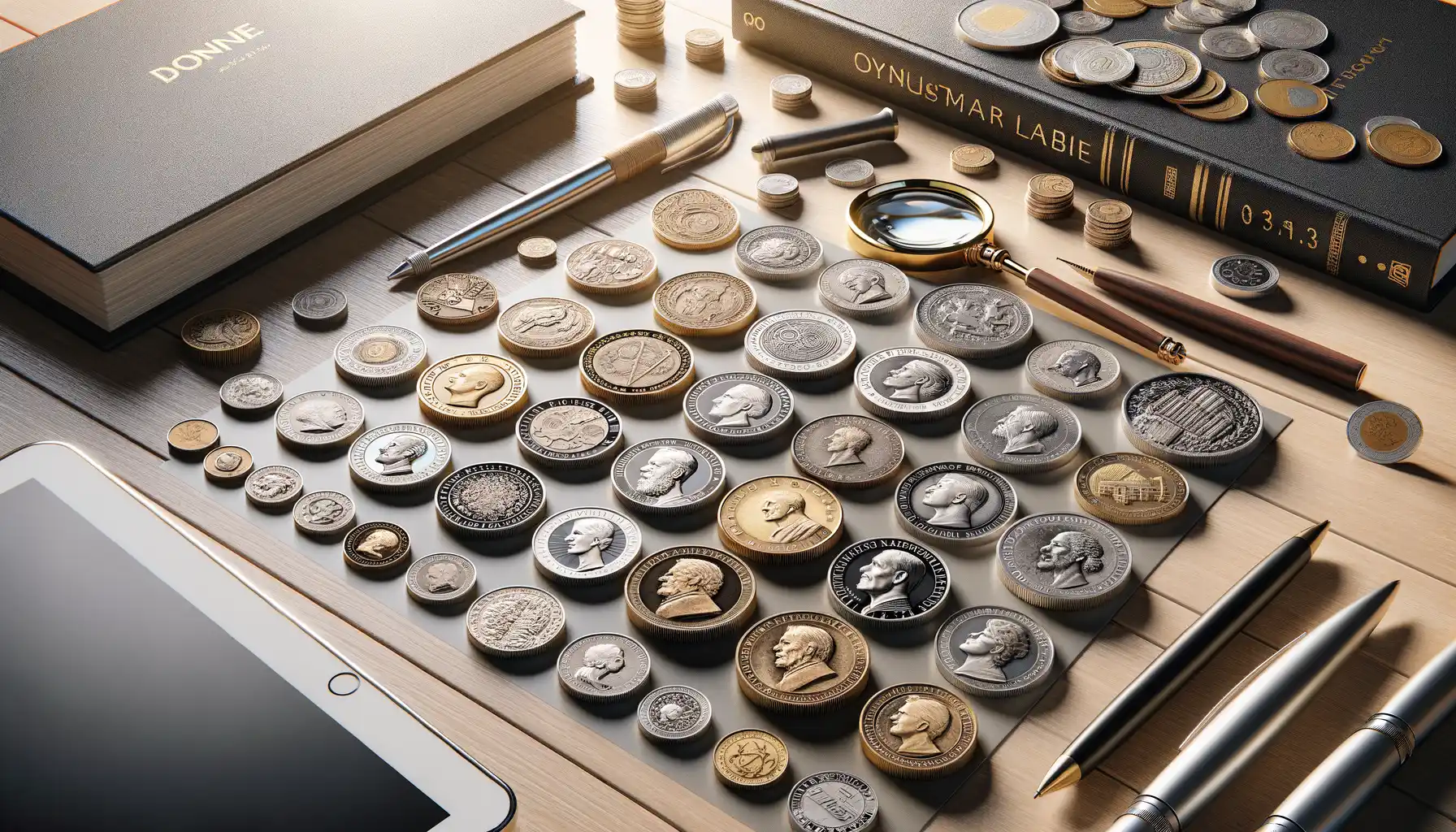
The Thrill of Chasing Limited Editions
The modern world has breathed fresh life into the art of collecting commemorative coins. It’s no longer just about history—it’s about passion, strategy, and sometimes a pinch of luck. With today’s focus on exclusivity, collectors are finding themselves in heated hunts for limited-edition pieces. Think of the buzz surrounding the 2019 Apollo 11 50th Anniversary coin—it sold out faster than tickets to a rock concert!
What makes these coins so captivating? For one, their designs feel like miniature artworks, often featuring intricate details that celebrate pivotal moments: iconic landmarks, cultural heroes, or even forgotten events brought back into the spotlight.
- Color-infused coins are stealing the show, giving collectors vibrant, eye-catching designs.
- Gilded coins with gold or silver touches add a sense of luxury and timelessness.
Collectors are also drawn to stories. Owning a coin isn’t just about its metal—it’s about holding a piece of shared memory. From Olympic milestones to historic anniversaries, each one whispers its tale directly into your hands.
The Digital Revolution in Coin Collecting
Here’s where things get truly exciting: technology is reshaping how we collect. Online auctions and marketplaces are bustling hubs for coin enthusiasts. Platforms like eBay or specialized coin forums allow collectors to connect globally, exchanging coins (and stories) with people oceans away.
Blockchain has even entered the equation, offering digital certificates of authenticity, ensuring your prized acquisitions are the real deal. And don’t forget augmented reality. Imagine scanning a coin with your phone and seeing historical scenes come alive—history suddenly feels as interactive as a video game.
For modern collectors, it’s not just a hobby—it’s a blend of adventure, innovation, and connection.

